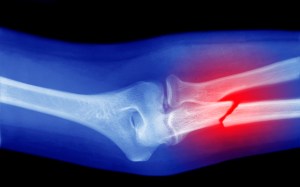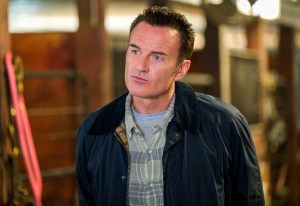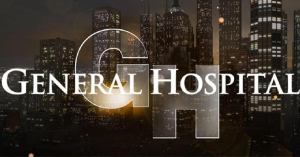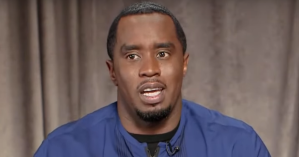An interactive map is allowing people to view the devastation that a nuclear bomb would have if it were dropped on their hometown.
A new online interactive map on Outrider.org is giving people a first-hand look at the devastation a nuclear bomb would have, allowing them to “experience the power of a nuclear blast in your area.”
Videos by PopCulture.com
By simply typing in any location in the world, the website provides a diagram on the impacted area, including the areas that would be impacted by the fireball, a result of materials heating to extreme temperatures that burn “10,000 times hotter than the surface of the sun.” The interactive map also shows the radius of the radiation, noting that 50 percent to 90 percent of those within this area would die of radiation poisoning within a few days, the radius of the shock wave, which would destroy buildings and other structures, and the heat radius, which would leave survivors with severe or fatal third-degree burns.
The diagram also gives an estimated count of fatalities and injuries in the designated area.
“Outrider believes that the global challenges we face together must be solved by working together,” the website states. “Among the greatest threats to the future of humankind are nuclear weapons and global climate change. Outrider makes the bold claim that both threats can be overcome — and not just by policy makers but by people with the right tools and inspiration.”
Along with the nuclear blast experience, the website also offers a timeline of nuclear history and various stories about nuclear blasts.
While a nuclear blast may seem like something of science fiction and something that will likely never happen, the Center for Disease Control and Prevention held a briefing in January on how to prepare for and survive a nuclear war.
The Public Health Response to a Nuclear Detonation, which was held on Jan. 16 at the CDC’s Roybal Campus in Atlanta, showcased radiation experts sharing tips on how to survive a nuclear bomb. The discussion was led by Robert Whitcomb, chief of radiation studies at CDC’s National Center for Environment Health, and Capt. Michael Noska, the radiation safety officer and senior adviser for health physics at the Food and Drug Administration.
“While a nuclear detonation is unlikely, it would have devastating results and there would be limited time to take critical protection steps. Despite the fear surrounding such an event, planning and preparation can lessen deaths and illness,” the CDC said in a statement regarding the event.
The discussion came amid rising tensions between the United States and North Korea, sparking concern over a possible nuclear war.
On Jan. 2, President Trump took to Twitter to boast that his nuclear button is “much bigger & more powerful” than Kim Jong Un’s.
The back and forth threats between the two leaders, and the rising tensions between the nations, has prompted the United States Marines’ F-35 squadron in Japan to begin training to fight under dangerous conditions created by chemical, biological and nuclear attacks.









